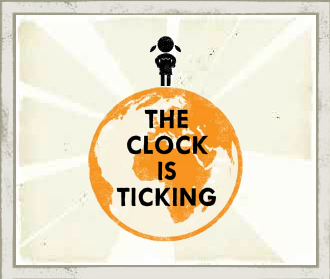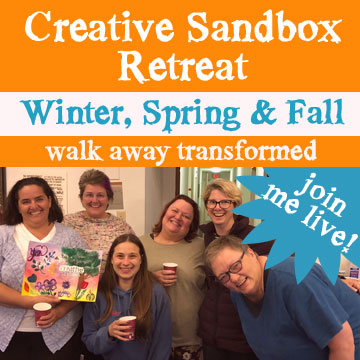 I’ve got my troubles, which I won’t bore you by listing out here, but the fact is they’re mostly troubles of privilege. “First-world problems.”
I’ve got my troubles, which I won’t bore you by listing out here, but the fact is they’re mostly troubles of privilege. “First-world problems.”
The fact is, I grew up in a middle-class family, in a privileged neighborhood, in a rich country.
The fact is, I was born to parents who valued education (and love) above all else, and though sexism was (and is) still rife (no matter what the media might have led you to believe), my mom and dad did their best to offer me a future filled with opportunity.
The fact is, I grew up with music in the schools, and after-school art classes, and moms who volunteered to bring creative writing into the classroom (god bless them!)
The fact is, I faced challenges and oppressions, to be sure (you did too, no matter who you are, or what the media might have led you to believe), but in the scheme of things, I had it damn good.
I still do.
I have the luxury of thinking about problems like what do I really, really want out of life? And how do I get past the resistance to follow my Blisses and do my creative things? And how can I best help other creatives follow their own Blisses?
And I’m incredibly grateful.
I’ve had opportunities that Addis, forced into marriage at age 11 never had:
I’ve had the chance to follow my dreams, unlike Kidan:
The Girl Effect
It turns out that girls are the key to getting entire communities out of poverty. Here’s how (have some tissues handy – I cry every time I watch this!):
Want a concrete, real-life, flesh-and-blood example of what happens when girls are educated? Here’s what Shumi created, thanks to the Girl Effect:
This is how the Girl Effect played out for Sanchita and her family:
What can I do, you ask?
Share this blog post. Share the blog posts here. Join the conversation. Write your own blog post about the Girl Effect and post it here.
Spread the word. Wear it on your sleeve (or on your computer, or in your office). Donate if you can.
The Girl Effect is a viral movement. Many tiny movements, in fact. It depends on you. And me. And all of us.
From the Girl Effect website:
Through the movement, many organizations have received the funding needed to make a huge impact in the lives of girls in developing countries. For example, the Berhane Hewan program in rural Ethiopia opened community dialogue and used incentives like school supplies to help over 11,000 girls delay marriage and stay in school. The Binti Pamoja program in Kenya is another example, offering a safe space for girls to connect with other girls and learn about reproductive health, finances and other basic life skills – through funding, the program has grown from 40 girls to over 1,000.
Let’s keep it going.
Tell me, what will you do to help the Girl Effect?

PS – If you liked this post, please tweet, share, like and/or send it to a friend you think might like it too.





Melissa, I’m so glad you took part in this campaign. I did also (one of only a few men, unfortunately) and it has been a wonderful experience.
I just left a comment on your post, John. Thanks for contributing your voice to the cause!